& Other Halibut FAQs
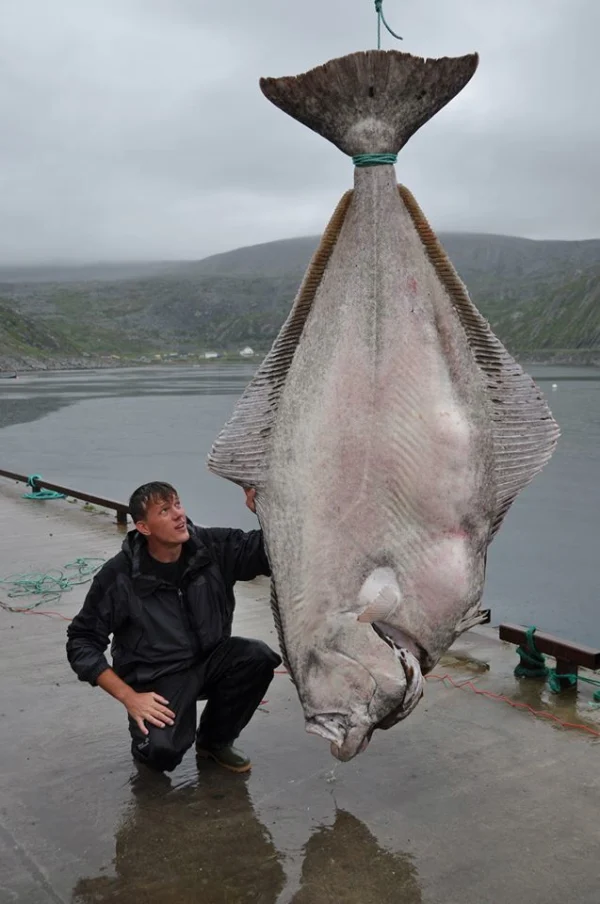
Why Are Halibut So Big
Because of their size, adult halibut have few predators.
Halibut evolved to be large. They are the world’s largest flatfish, but they don’t start out that way. While halibut are genetically programmed to get big, it takes them a while to get there. Halibut are relatively slow-growing, reaching only about one pound in their first year of life.
Male halibut grow more slowly than females, and most females will have significantly outgrown their male counterparts within the first decade of life.
While males rarely reach 100 lbs in their lifetime, females can grow up to five times that size.
Where Are Halibut Found
Halibut are divided into Atlantic and Pacific species.
Atlantic halibut can be found in the Labrador Sea between Canada and Greenland, in the Norwegian and Barents Seas north of Norway and Sweden, and as far south as the Bay of Biscay off the coast of France.
In U.S. waters, Atlantic halibut are most prolific in the Gulf of Maine.
Pacific halibut are active in the Bering Sea below Russia.
In the U.S., Pacific halibut can be found all along the continental shelf, spanning Washington to California. The largest halibut are concentrated in the Gulf of Alaska and the Bering Sea, off the west coast of Canada.
What is the Average Size of a Halibut
Halibut range widely in size depending on their age, sex and location. All things considered, the average weight of a Pacific halibut upon maturity is around 30 lbs.
How Big Was the World’s Largest Halibut
In July 2013, a German fisherman caught a 515 lb Atlantic halibut off the coast of Norway. It took three men 90 minutes to wrangle the fish into submission.
Norway is no stranger to giant halibut fish. The previous world record also belonged to a halibut caught off the Norwegian coast, a 418-pound beast caught in 2004.
How Big Does Alaskan Halibut Get
Pacific halibut are one of the largest flatfish and they can weigh up to about 500 pounds. These huge halibut are referred to as “barn doors”. Small halibut are called “chickens”.
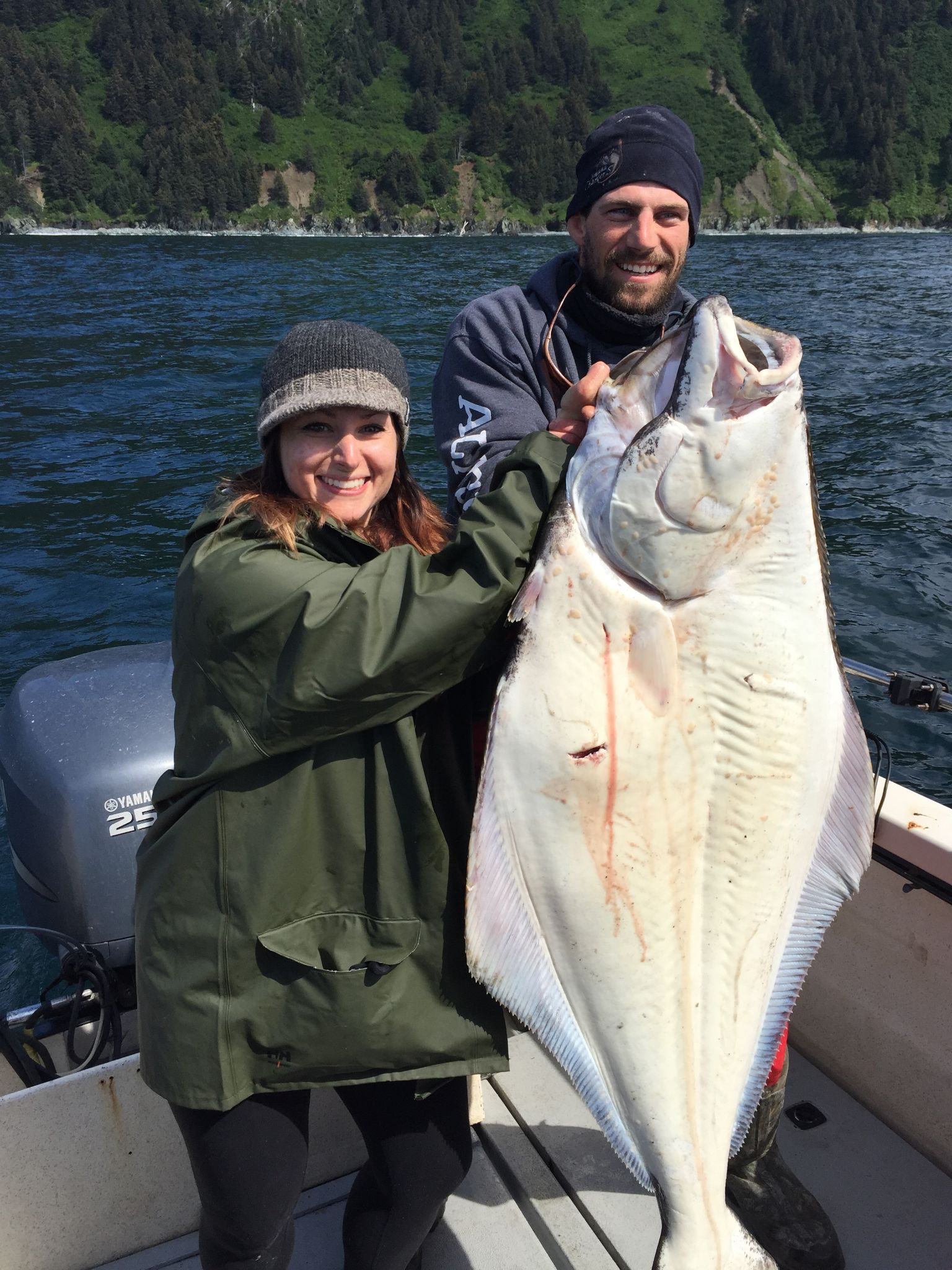
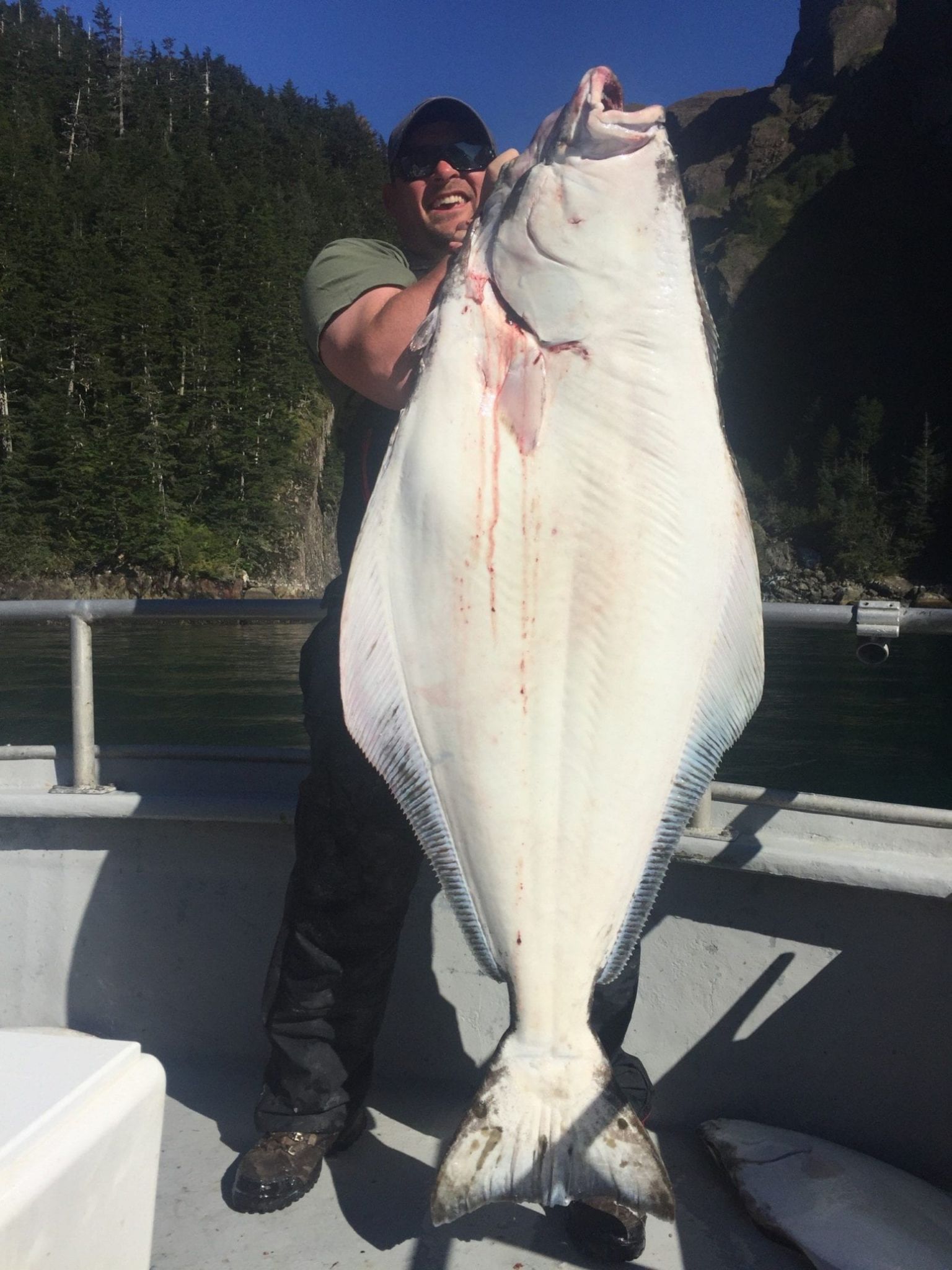
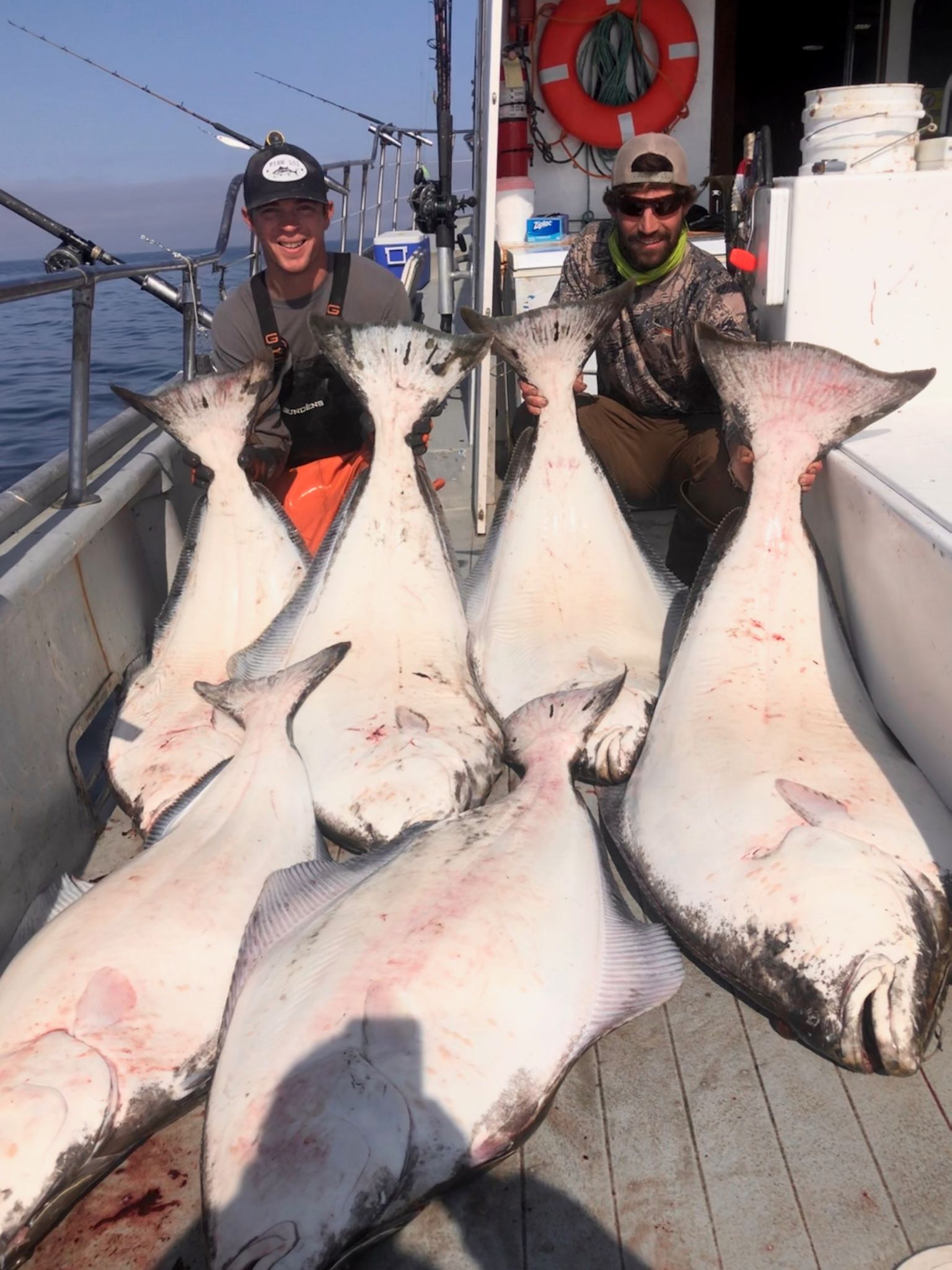
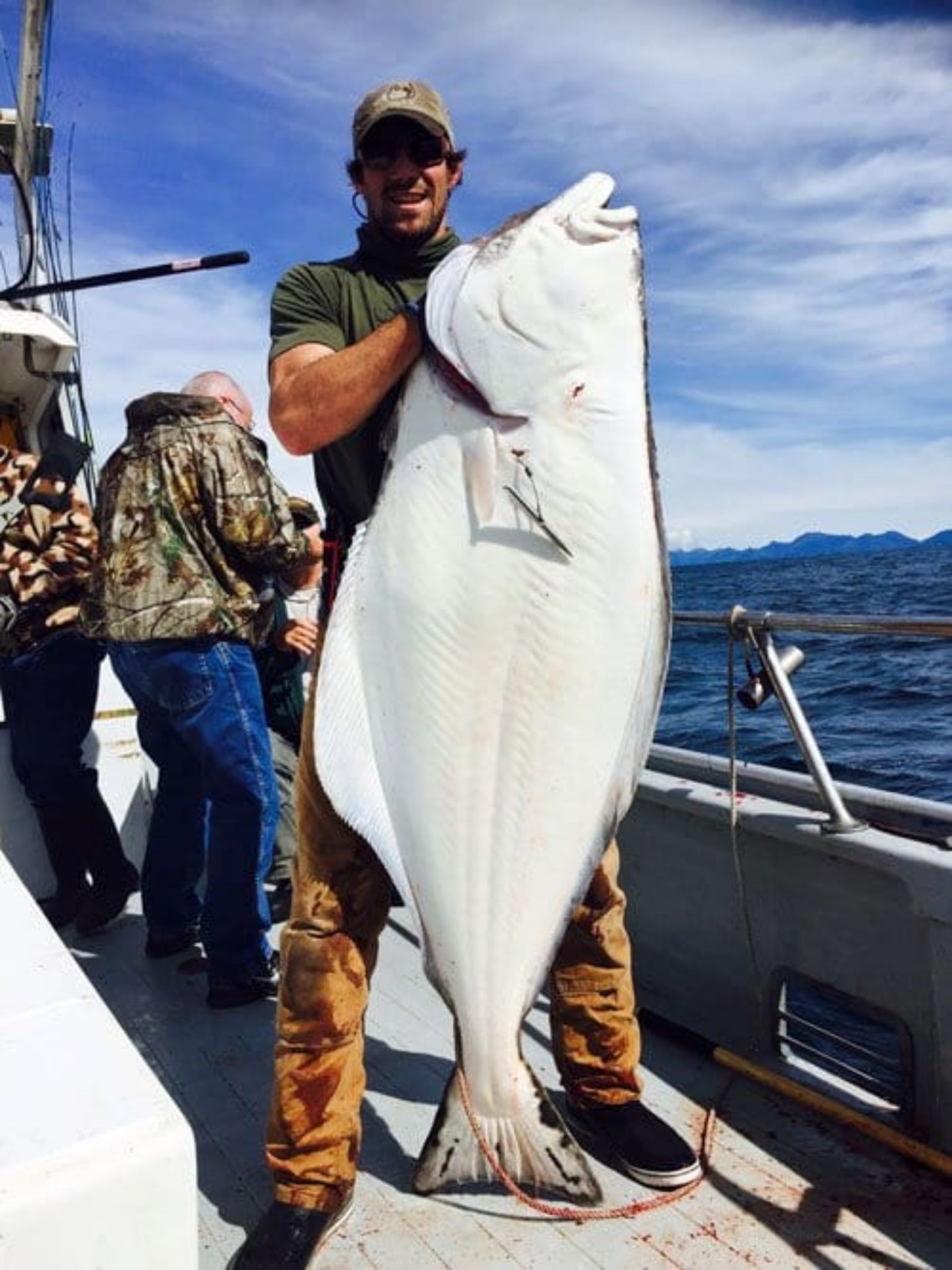
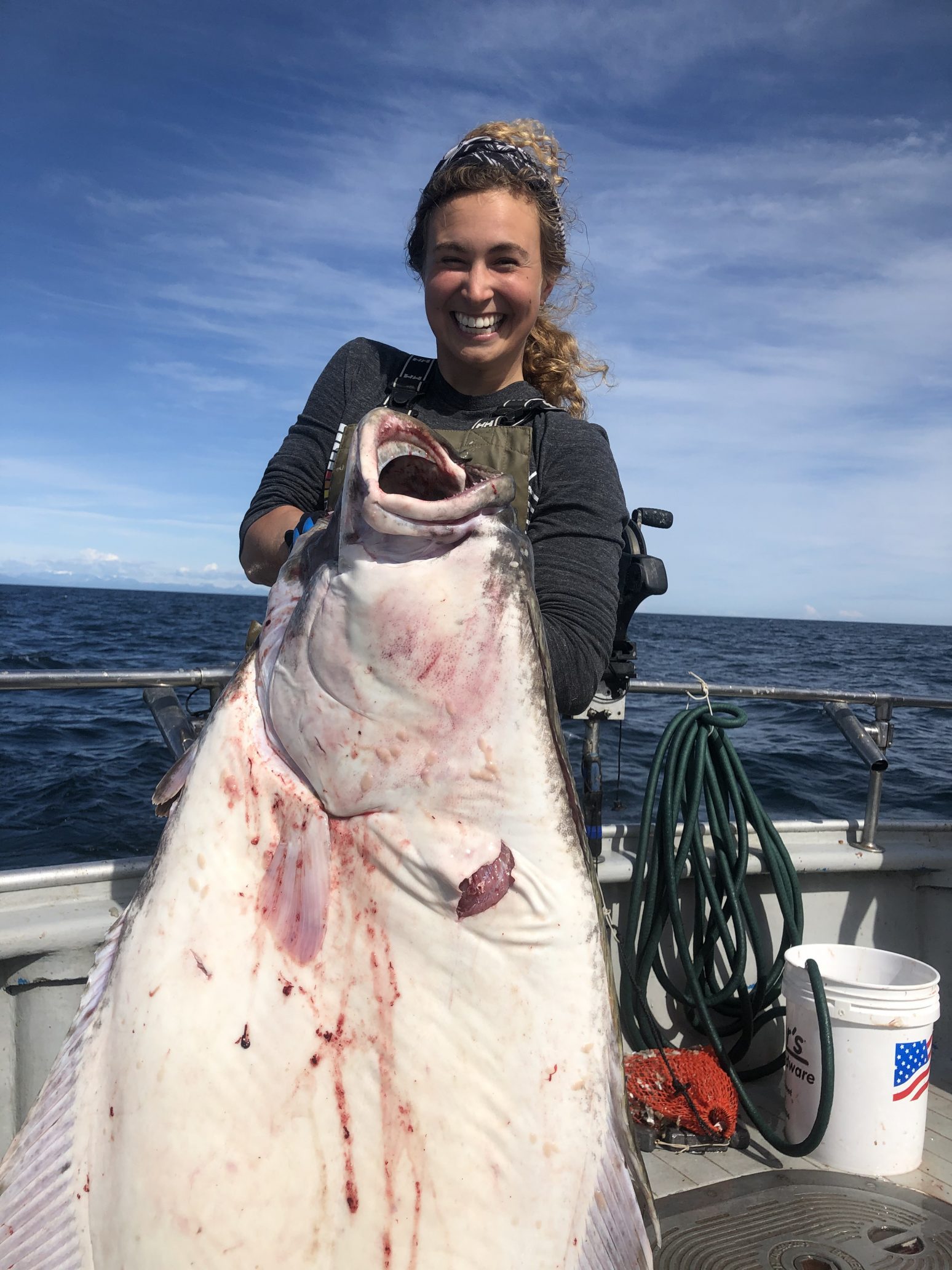
What Was the Largest Halibut Caught in Alaska
The record for the largest Alaskan sport-caught halibut goes to a 459-pound giant that was angled in Unalaska Bay in 1996.
In July 2014, a 482-pound halibut was caught in Glacier Bay, Alaska. However, because it was shot and harpooned, it was not officially recognized in the Alaska state record.
How Old Do Halibut Get
Halibut have the potential to live 40-55 years, however, finding a halibut older than 25 is rare.
How To Catch a Big Halibut
Halibut are big fish that require big, smelly bait such as pollock or herring. We use only top-notch bait and tackle on all of our fishing excursions, to ensure all of our guests have a chance to angle a monster halibut.
Six Fun Facts About Halibut
1. Halibut belong to the right-eye flounder family, and are sometimes confused with arrowtooth flounders, based on appearance alone.
2. Halibut have two distinct colors, a brown top side and a white underside.
3. Both of a halibut’s eyes are located on the top side of its body, but this transformation doesn’t occur until after it hatches. When the halibut is about six months old, the bottom eye migrates to the top.
4. In roughly 1 in 20,000 halibut, the top eye migrates to the bottom. These halibut are known as “left-eyed”.
5. Male halibut rarely grow to reach 100 pounds. That means if you catch a 250-pound halibut, it’s likely to be female.
6. A female halibut’s egg production directly correlates to her size. A 250-pound halibut can produce 4 million eggs.
